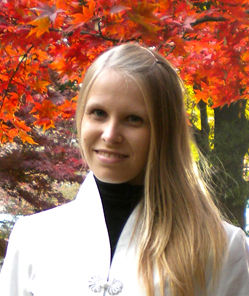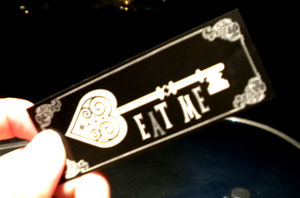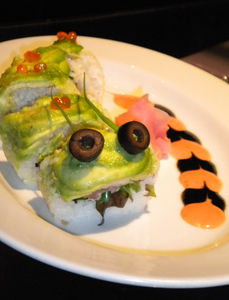A Japanese grand-mother called me "devil" on the street
I was quietly coming back from the automatic laudry with my freshly washed clothes when I met a Japanese woman pushing the wheel-chair of an old half-sleeping grandmother. The old woman suddenly woke up, pointed me and strongly shouted with hatred "Oni-san !", which means "Devil !" in Japanese. The lady behind her glanced at me and became embarrased double when she saw that I was perfectly aware of the meaning of this word. With my blond hair, I embody the image that an old Japanese woman can have of the "red devils", the foreigners who arrived in Japan from the Netherlands in the old times : tall, red-face people with blond hair and dangerous fire guns.
道で、日本人のおばあさんは私に「鬼さん」と言ました。ちょっとショックしました。世界のどこでも、外国人はいつも鬼ですな。
You even find the red devils in the most famous Japanese tale, Momotaro. Momotaro decides to help the people from a village which is regularly visited by a red devil who steals food and scares the inhabitants. Momotaro catches the red devil and asks him why does he do what he does. But the red devil starts crying, answering that he has no choice : he's from the far country of the Netherlands and would like to get back home but he doesn't have his boat anymore and the people here call him devil so he has to steal his food to survive. It should have learnt to the Japanese people to look twice before calling someone devil but it didn't seem to work for the grand-mother I met on the street. Well, of course after that Momotaro finds the true nasty red devils and beat them so they have to leave with their boats ; maybe she remembers only this part...
It is the first time I face direct racism from a Japanese and it's a strange sensation, despite the comic of the insult and the fact that it was coming from a sick old woman. Usually the Japanese tend to compare me to Marie-Antoinette, not a devil... From an extreme to another !


/https%3A%2F%2Fstorage.canalblog.com%2F35%2F77%2F571165%2F111404215_o.jpg)
/https%3A%2F%2Fstorage.canalblog.com%2F86%2F39%2F571165%2F111404156_o.jpg)
/https%3A%2F%2Fstorage.canalblog.com%2F22%2F21%2F571165%2F108003869_o.jpg)
/https%3A%2F%2Fstorage.canalblog.com%2F34%2F83%2F571165%2F108003851_o.jpg)
/https%3A%2F%2Fstorage.canalblog.com%2F13%2F55%2F571165%2F108003836_o.jpg)


















































